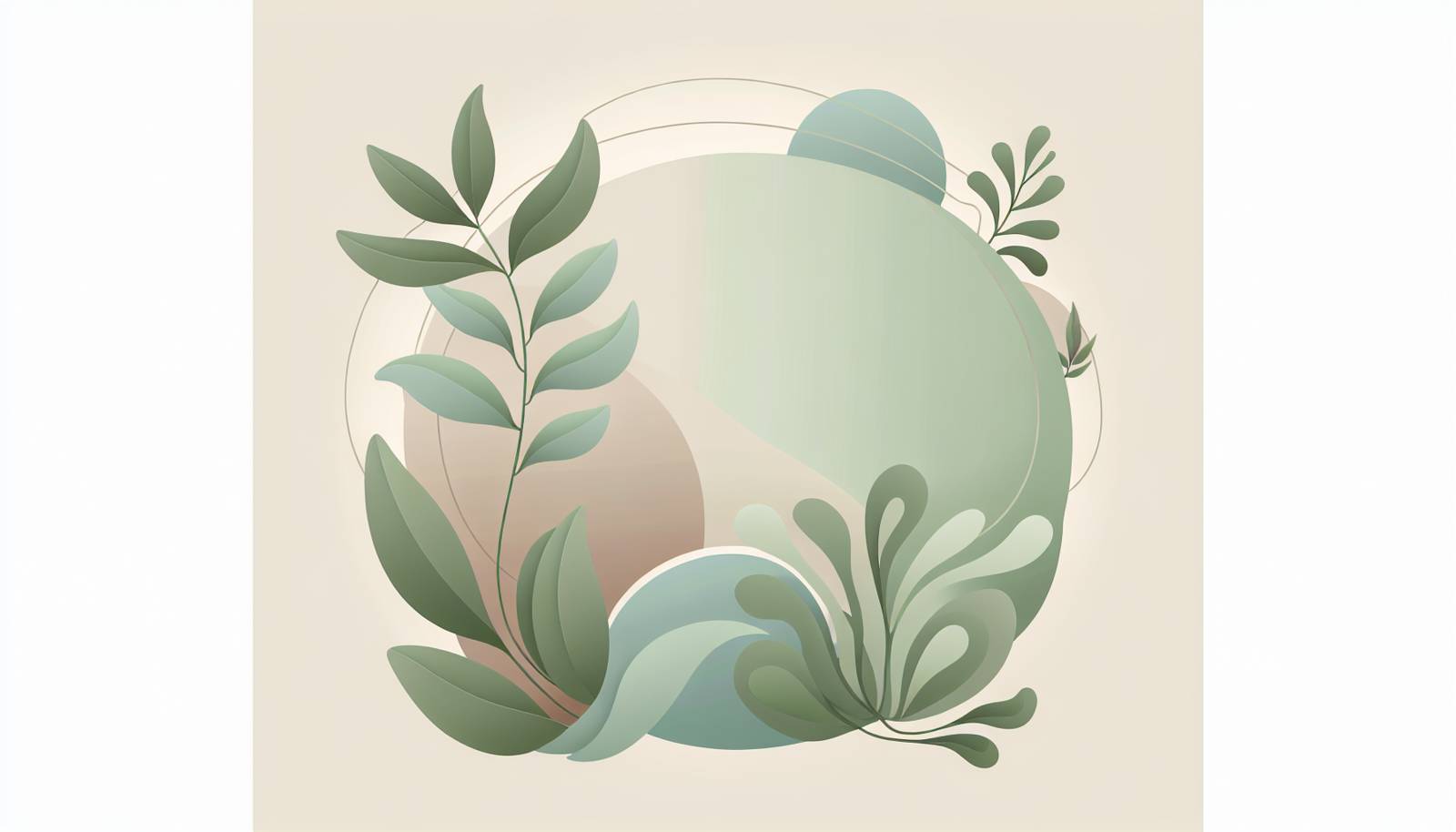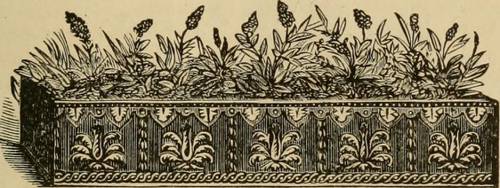
FAQ About Indoor Plant Anchoring and Stability Techniques

What are some common techniques for anchoring indoor plants?
There are several techniques for anchoring indoor plants to ensure they remain stable and upright. These include using heavy pots or containers that provide a solid base, employing stakes made from bamboo or metal to support taller plants, and using ties made from soft materials such as fabric strips or plant-friendly wire to gently secure the plant to the stake. Additionally, placing the pot within a decorative container can add stability and enhance aesthetics.

How can I prevent my indoor plant from tipping over?
To prevent indoor plants from tipping over, ensure they are planted in appropriately sized and heavy pots that provide a strong base. Use stakes for support if the plant is particularly tall or top-heavy. Consider placing the plant in a low-traffic area where it is less likely to be bumped into. Additionally, the use of pot feet or stands can elevate the plant slightly, helping with stability by adjusting the center of gravity.

Why is plant stability important for indoor plants?
Plant stability is crucial for indoor plants because instability can lead to tipping, which might cause damage to the plant, pot, and surrounding area, including furniture and floors. Proper stability also ensures that the plant receives even sunlight exposure and maintains proper growth direction, contributing to overall plant health and aesthetics.

What materials are best for staking indoor plants?
The best materials for staking indoor plants are those that provide adequate support without damaging the plant, such as bamboo, metal, or plastic stakes. Bamboo is a natural and aesthetically pleasing option, while metal stakes offer durability. Plastic serves as a lightweight and affordable choice. It's important to ensure that any ties used to attach the plant to the stake are made from soft, non-abrasive materials to avoid cutting into the plant tissue.

Can anchoring affect a plant's health?
Proper anchoring generally supports plant health by preventing damage from tipping and helping plants maintain an upright growth habit. However, improper anchoring techniques or materials that are too tight or abrasive can cause damage to the plant's stems or roots. It's essential to check ties regularly and adjust them as the plant grows to prevent constriction.

How can I incorporate anchoring techniques without compromising plant aesthetics?
To maintain aesthetics while anchoring plants, opt for natural-looking materials such as bamboo stakes or decorative pots that complement the plant and interior design. Choose ties that blend in with the plant's color, and consider using decorative stakes that add to the visual appeal. Place the anchored plant in a visually pleasing area to enhance the overall look.

Are there specific plants that require more anchoring than others?
Certain indoor plants, such as tall and fast-growing species or those with top-heavy foliage (e.g., fiddle leaf figs, rubber trees, and peace lilies), may require more support than smaller or more compact plants. Additionally, trailing plants or vines may benefit from trellises or wire support to ensure they grow in the desired direction.

How often should I check the stability of my indoor plants?
It is recommended to check the stability of your indoor plants every few weeks, especially after watering or if you notice any leaning. Regularly inspecting the ties and adjusting stakes as necessary ensures that they are not too tight and do not damage the plant as it grows. Checking stability frequently allows you to address any potential issues before they compromise the plant's health.

Can I use household items to anchor my indoor plants?
Yes, you can use a variety of household items to anchor indoor plants effectively. For example, chopsticks or skewers can be used for smaller plants, while large stones or bricks can add weight and stability to the base of a pot. Twine or soft string can serve as ties. Ensure that any items used do not compromise the plant's aesthetics or health.

What are pot feet, and how do they aid plant stability?
Pot feet are small supports that elevate the bottom of a plant pot above the surface it sits on. They help with stability by raising the pot slightly, which can adjust the center of gravity, making it harder to tip over. Pot feet also improve airflow and drainage, which can be beneficial for plant health.

Are there any anchoring techniques to avoid?
Avoid using stiff, abrasive materials for ties, such as wire that could cut into the plant. Dodging overly tight staking or tying is crucial, as it can restrict growth and cause damage. It's also advisable to steer clear of unstable materials that might collapse under the weight of the plant or those that can degrade rapidly when exposed to water, mold, or mildew.

How does the size of the pot affect plant stability?
The size of the pot significantly affects plant stability. A pot that is too small may not provide adequate support and could tip over easily, especially as the plant grows. Conversely, a pot that is overly large may retain too much moisture, leading to waterlogged soil and root rot. Ideally, the pot's size should be proportional to the plant's size and growth rate, offering a balanced weight distribution.

What are the signs that an indoor plant might need additional support?
Indicators that an indoor plant might require additional support include visible leaning, uneven growth, or the plant beginning to tumble over. Flexing leaves and stems, or the plant being uprooted from the soil surface, may also signal the necessity for more anchoring. Regular checks will help identify these symptoms early and prevent further issues.

Can decorative rocks help stabilize a pot?
Decorative rocks can be placed on the surface of the soil in a pot to add weight, which may help stabilize the plant somewhat. They also serve an aesthetic purpose. However, it’s essential to ensure rocks do not cover the entire soil surface to allow for proper air circulation and water drainage.

What role do trellises play in the stability of indoor plants?
Trellises can provide essential support for climbing or vining indoor plants by helping them grow vertically or in a desired direction. They prevent the plant from sprawling, which can lead to tipping or uneven growth. Trellises also enhance the plant's appearance and can be visually incorporated into indoor decor designs.

What types of pots are best for plant stability?
Heavy pots, such as those made from ceramic, terracotta, or stone, are often best for plant stability as they provide a solid, weighted base that is less prone to tipping. These materials also add aesthetic value. However, plastic pots with weighted bases can also be effective. Always ensure that pots provide adequate drainage to maintain plant health.

How can I stabilize hanging indoor plants?
To stabilize hanging indoor plants, ensure that the hooks or brackets used for hanging are securely fastened to a stable surface like a ceiling joist. Using sturdy hanging materials like braided cord or metal chains can also help. Finally, make sure the weight is evenly distributed in the pot and prune the plant regularly to prevent it from becoming top-heavy.

Should I repot my plant if it's unstable?
If an indoor plant is unstable due to outgrowing its pot, repotting into a larger, heavier pot may help increase stability. This can also be an excellent opportunity to refresh the soil, ensuring the plant has adequate nutrients. Take care to gently loosen and trim any roots that may be pot-bound before repositioning in the new pot.

Can climate control affect plant stability indoors?
Yes, climate control factors such as humidity and temperature can influence plant stability. Sudden environmental changes may lead to fluctuating moisture levels in the soil, affecting how steady the plant sits in its pot. Consistent watering practices and positioning plants in stable climates will help maintain optimal conditions for both plant health and stability.

What is the importance of proper drainage for stable indoor plants?
Proper drainage is essential for stable indoor plants as it prevents soil from becoming waterlogged, which can lead to root rot and weaken the plant's anchor in the soil. Ensure pots have drainage holes and consider using gravel or light stones at the bottom of the pot to facilitate effective water runoff and maintain soil stability.
